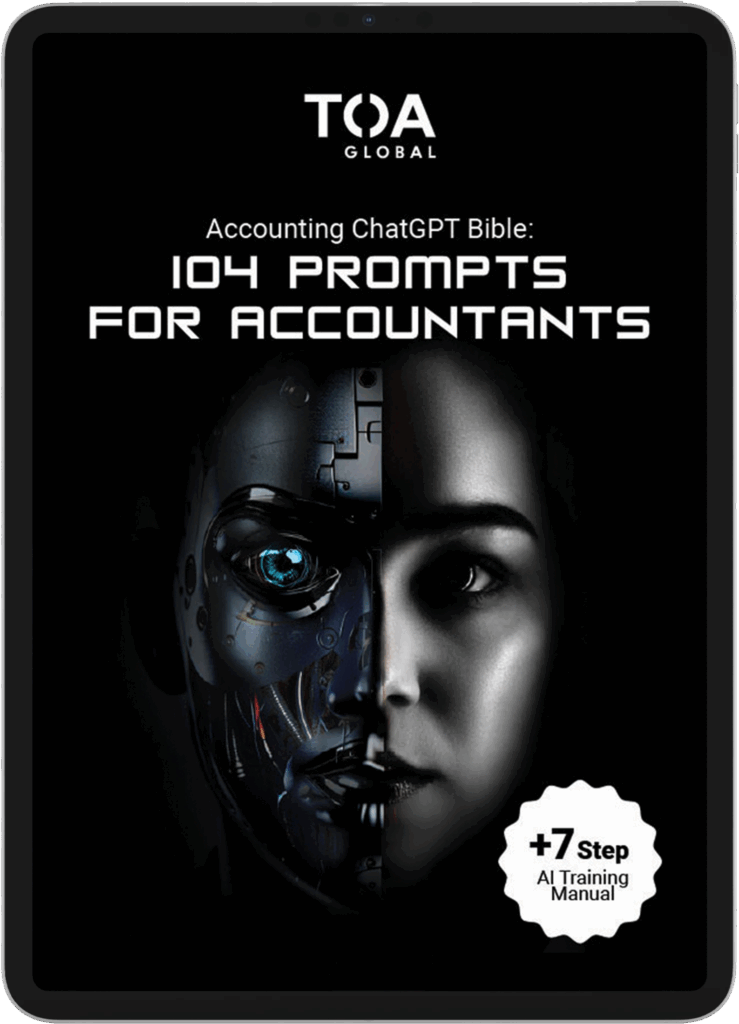Australia and New Zealand have rung in 2025 with changes to their tax systems, following announcements made last year. These adjustments serve to provide relief to taxpayers amidst ongoing inflation pressures.
The Australian Taxation Office (ATO) introduced substantial cuts to individual income tax rates effective 1 July 2024. Meanwhile, New Zealand’s Inland Revenue Department (IRD) has implemented new thresholds based on policy updates from May 2024.
We’ve compiled the latest income tax brackets for you. While we’ve tried to ensure accuracy, this guide is not exhaustive. For more guidance, we recommend checking directly with the appropriate tax authorities.
Australia (2024-2025)
Tax Brackets for Residents
The following federal income tax rates* apply to Australian residents for the entire tax year who are entitled to the full tax-free threshold (how much you can earn in a year before you’re liable to pay tax).
| Income Tax Rates | Income Tax Bracket (AUD) | Tax Payable (AUD) |
|---|---|---|
| 0% | $0 to $18,200 | Nil |
| 16% | $18,201 to $45,000 | 16c for each $1 over $18,200 |
| 30% | $45,001 to $135,000 | $4,288 + 30c for each $1 over $45,000 |
| 37% | $135,001 to $190,000 | $31,288 + 37c for each $1 over $135,000 |
| 45% | $190,001 and over | $51,638 + 45c for each $1 over 190,000 |
|
Income Tax Rates 0% Income Tax Bracket (AUD) $0 to $18,200 Tax Payable (AUD) Nil |
|
Income Tax Rates 16% Income Tax Bracket (AUD) $18,201 to $45,000 Tax Payable (AUD) 16c for each $1 over $18,200 |
|
Income Tax Rates 30% Income Tax Bracket (AUD) $45,001 to $135,000 Tax Payable (AUD) $4,288 + 30c for each $1 over $45,000 |
|
Income Tax Rates 37% Income Tax Bracket (AUD) $135,001 to $190,000 Tax Payable (AUD) $31,288 + 37c for each $1 over $135,000 |
|
Income Tax Rates 45% Income Tax Bracket (AUD) $190,001 and over Tax Payable (AUD) $51,638 + 45c for each $1 over 190,000 |
Tax Brackets for Working Holiday Makers
Working holiday makers refer to individuals with a 417 (Working Holiday) or 462 (Work and Holiday) visa subclass.
| Income Tax Rates | Income Tax Bracket | Tax Payable |
|---|---|---|
| 15% | $0 to $45,000 | 15c for each $1 |
| 30% | $45,001 to $135,000 | $6,750 + 30c for each $1 over $45,000 |
| 37% | $135,001 to $190,000 | $33,750 + 37c for each $1 over $135,000 |
| 45% | $190,001 and over | $54,100 + 45c for each $1 over $190,000 |
|
Income Tax Rates 15% Income Tax Bracket $0 to $45,000 Tax Payable 15c for each $1 |
|
Income Tax Rates 30% Income Tax Bracket $45,001 to $135,000 Tax Payable $6,750 + 30c for each $1 over $45,000 |
|
Income Tax Rates 37% Income Tax Bracket $135,001 to $190,000 Tax Payable $33,750 + 37c for each $1 over $135,000 |
|
Income Tax Rates 45% Income Tax Bracket $190,001 and over Tax Payable $54,100 + 45c for each $1 over $190,000 |
These rates don’t include the Medicare Levy applicable to most residents.
Tax Brackets for Foreign Residents
| Income Tax Rates | Income Tax Bracket | Tax Payable |
|---|---|---|
| 30% | $0 to $135,000 | 30c for each $1 |
| 37% | $135,001 to $190,000 | $40,500 + 37c for each $1 over $135,000 |
| 45% | $190,001 and over | $60,850 + 45c for each $1 over $190,000 |
|
Income Tax Rates 30% Income Tax Bracket $0 to $135,000 Tax Payable 30c for each $1 |
|
Income Tax Rates 37% Income Tax Bracket $135,001 to $190,000 Tax Payable $40,500 + 37c for each $1 over $135,000 |
|
Income Tax Rates 45% Income Tax Bracket $190,001 and over Tax Payable $60,850 + 45c for each $1 over $190,000 |
Non-residents don’t need to pay the Medicare Levy.
Medicare Levy Thresholds
| Taxpayer Type | Lower Limit | Upper Limit |
|---|---|---|
| Individuals | $26,000 | $32,500 |
| Families | $43,846 | $54,807 |
| Threshold increase per dependent child/student | $4,027 | $5,034 |
| Persons eligible for Senior and Pension Tax Offset | $41,089 | $51,361 |
| Senior and Pensioners (Families) | $57,198 | $71,497 |
|
Income Tax Rates 30% Income Tax Bracket $0 to $135,000 Tax Payable 30c for each $1 |
|
Income Tax Rates 37% Income Tax Bracket $135,001 to $190,000 Tax Payable $40,500 + 37c for each $1 over $135,000 |
|
Income Tax Rates 45% Income Tax Bracket $190,001 and over Tax Payable $60,850 + 45c for each $1 over $190,000 |
Medicare Levy Surcharge Rates
A Medicare Levy surcharge applies to certain taxpayers in higher tax brackets who lack adequate private health insurance.
| Filing Statuses | Base Tier | Tier 1 | Tier 2 | Tier 3 |
|---|---|---|---|---|
| Single | $97,000 or less | $97,001 to $113,000 | $113,001 to $151,000 | $151,001 or more |
| Families | $194,000 or less | $194,001 to $226,000 | $226,001 to $302,000 | $302,001 or more |
| MLS Rate | 0% | 1% | 1.25% | 1.5% |
|
Filing Statuses Single Base Tier $97,000 or less Tier 1 $97,001 to $113,000 Tier 2 $113,001 to $151,000 Tier 3 $151,001 or more |
|
Filing Statuses Families Base Tier $194,000 or less Tier 1 $194,001 to $226,000 Tier 2 $226,001 to $302,000 Tier 3 $302,001 or more |
|
Filing Statuses MLS Rate Base Tier 0% Tier 1 1% Tier 2 1.25% Tier 3 1.5% |
Low Income Tax Offset
Tax offsets directly reduce the tax payable on taxable income.
| Taxable Income | Low Income Tax Offset |
|---|---|
| $37,500 or less | $700 |
| $37,501 to $45,000 | $700 – 5c for each $1 above $37,500 |
| $45,001 to $66,667 | $325 – 1.5c for each $1 above $45,000 |
| $66,668 or more | Nil |
|
Taxable Income $37,500 or less Low Income Tax Offset $700 |
|
Taxable Income $37,501 to $45,000 Low Income Tax Offset $700 – 5c for each $1 above $37,500 |
|
Taxable Income $45,001 to $66,667 Low Income Tax Offset $325 – 1.5c for each $1 above $45,000 |
|
Taxable Income $66,668 or more Low Income Tax Offset Nil |
Senior Australian and Pensioner Tax Offset
| Filing Status | Maximum Tax Offset Amount | Shade Out Threshold | Cut-Out Threshold |
|---|---|---|---|
| Single | $2,230 | $34,919 | $52,759 |
| Each partner of a couple | $1,602 | $30,994 | $43,810 |
| Each partner of an illness-separated couple | $2,040 | $33,732 | $50,052 |
|
Filing Status Single Maximum Tax Offset Amount $2,230 Shade Out Threshold $34,919 Cut-Out Threshold $52,759 |
|
Filing Status Each partner of a couple Maximum Tax Offset Amount $1,602 Shade Out Threshold $30,994 Cut-Out Threshold $43,810 |
|
Filing Status Each partner of an illness-separated couple Maximum Tax Offset Amount $2,040 Shade Out Threshold $33,732 Cut-Out Threshold $50,052 |
Home Office Deductions
If you work from home regularly, you can claim expenses related to your home office setup. Examples include electricity and internet costs.
| Applicable Date | Method | Amount/Hour |
|---|---|---|
| 1 July 2022 onwards | Fixed Rate | 0.67c |
| Actual Cost Method | Actual expenses incurred from working from home |
|
Applicable Date 1 July 2022 onwards Method Fixed Rate Amount/Hour 0.67c |
|
Applicable Date 1 July 2022 onwards Method Actual Cost Method Amount/Hour Actual expenses incurred from working from home |
Corporate Tax Rates
| Base Rate Entity | Other Companies |
|---|---|
| 25% | 30% |
|
Base Rate Entity 25% Other Companies 30% |
A company is a “base rate entity” if its aggregated turnover is below $50 million and its passive income is not more than 80%.
New Zealand
Income Tax and Rates from 1 April 2024 – 31 March 2025
| Tax Rates | Taxable Income Brackets (NZD) |
|---|---|
| 10.5% | 0 - $14,000 |
| 12.82% | $14,001 - $15,600 |
| 17.5% | $15,601 - $48,000 |
| 21.6% | $48,001 - $53,500 |
| 30% | $53,501 - $70,000 |
| 30.99% | $70,001 - $78,100 |
| 33% | $78,101 - $180,000 |
| 39% | $180,001 and over |
|
Tax Rates 10.5% Taxable Income Brackets (NZD) 0 - $14,000 |
|
Tax Rates 12.82% Taxable Income Brackets (NZD) $14,001 - $15,600 |
|
Tax Rates 17.5% Taxable Income Brackets (NZD) $15,601 - $48,000 |
|
Tax Rates 21.6% Taxable Income Brackets (NZD) $48,001 - $53,500 |
|
Tax Rates 30% Taxable Income Brackets (NZD) $53,501 - $70,000 |
|
Tax Rates 30.99% Taxable Income Brackets (NZD) $70,001 - $78,100 |
|
Tax Rates 33% Taxable Income Brackets (NZD) $78,101 - $180,000 |
|
Tax Rates 39% Taxable Income Brackets (NZD) $180,001 and over |
Secondary Tax Code Rates from 31 July 2024
People with more than one income source must pay a secondary tax, which depends on the tax code they give to their employer or payer.
| Estimated Annual Total Income from All Sources | Secondary Tax Code for the Second Income Source | Secondary Tax Rates |
|---|---|---|
| 0 - $15,600 | SB | 10.5% |
| $15,601 and $53,500 | S | 17.5% |
| $53,501 and $78,100 | SH | 30% |
| $78,101 and $180,000 | ST | 33% |
| $180,001 and over | SA | 39% |
|
Estimated Annual Total Income from All Sources 0 - $15,600 Secondary Tax Code for the Second Income Source SB Secondary Tax Rates 10.5% |
|
Estimated Annual Total Income from All Sources $15,601 and $53,500 Secondary Tax Code for the Second Income Source S Secondary Tax Rates 17.5% |
|
Estimated Annual Total Income from All Sources $53,501 and $78,100 Secondary Tax Code for the Second Income Source SH Secondary Tax Rates 30% |
|
Estimated Annual Total Income from All Sources $78,101 and $180,000 Secondary Tax Code for the Second Income Source ST Secondary Tax Rates 33% |
|
Estimated Annual Total Income from All Sources $180,001 and over Secondary Tax Code for the Second Income Source SA Secondary Tax Rates 39% |
Corporate Income Tax
New Zealand resident companies are taxed at a flat rate of 28% on their worldwide income. Overseas companies are taxed at the same rate, but only on income made in New Zealand.
Fringe Benefit Tax (FBT)
FBT is a tax employers pay on benefits they provide to employees or shareholders. Examples include motor vehicles, low-interest loans, and free, subsidised, or discounted goods or services.
The amount is based on the value of the fringe benefit given, and the tax rate depends on the employee’s tax bracket.
Goods and Services Tax (GST)
GST is a 15% tax applied to most goods and services. Those earning more than $60,000 annually from buying or selling must register, charge for GST, and claim what they pay. Effectively, they’re collecting taxes for the government.
Some supplies, like exports and duty-free goods, are zero-rated.
Tips to Optimise Tax Planning
Smart tax planning is about making informed decisions throughout the tax year to help you keep more money. Consider implementing these tips:
Effective Record Keeping
Using cloud-based accounting software, maintain digital records of income and expenses to ensure you’re prepared for reviews by tax authorities.
Australian regulations require five years of record retention, while New Zealand mandates seven years of documentation.
Strategic Timing of Income and Expenses
Consider when to make major purchases, as these decisions can affect your taxable income.
Regularly reviewing and adjusting tax instalments based on your projected income also helps prevent surprising tax bills. This is especially important for businesses with seasonal income variations and individuals with multiple income streams.
Tax Deductions and Credits
Identifying and claiming all eligible deductions and credits can help reduce your taxable income, potentially lowering your marginal tax rate.
Possible deductions and credits include:
| Australia | ||
|---|---|---|
| Deductions | Work-related expenses |
|
| Investment-related deductions |
|
|
| Offsets |
|
|
Deductions (Work-related expenses)
Deductions (Investment-related deductions)
|
Offsets
|
| New Zealand | ||
|---|---|---|
| Deductions | Business expenses |
|
| Property investments |
|
|
| Credits | Charitable donations |
|
| Independent Earner Tax Credit | Available from 31 July 2024, full amount ($520/year) for those making between $24,000 and $66,000; reduced amounts for those earning between $66,000 and $70,000 | |
Deductions (Business expenses)
Deductions (Property investments)
|
Credits (Charitable donations)
Credits (Independent Earner Tax Credit)
|
Retirement Planning
Superannuation (Australia): Available to all employees over 18, whether full-time, part-time, casual, or even temporary Australian residents. Employers pay employees’ super on top of their wages.
| BIncome Tax Year | Superannuation Guarantee Rate |
|---|---|
| 2024-25 | 11.5% |
| 2025-26 | 12% |
|
BIncome Tax Year 2024-25 Superannuation Guarantee Rate 11.5% |
|
BIncome Tax Year 2025-26 Superannuation Guarantee Rate 12% |
A well-managed super fund contributes to long-term wealth building. To maximize tax benefits, consider making additional contributions when your taxable income is higher.
KiwiSaver (New Zealand): A voluntary savings scheme available to all employees over 18, both full-time and part-time. Both employees and employers must contribute a minimum of 3%.
Employers are required to contribute for KiwiSaver members and calculate employer superannuation contribution tax (ESCT) based on the employee’s salary and the employer’s gross contribution.
Navigate Tax Changes with TOA Global
Keeping up with changing regulations makes maintaining strong financial practices challenging. But your firm doesn’t have to bear the load alone.
TOA Global connects you with Australia-trained offshore accountants to help manage your business operations while you focus on supporting your clients’ long-term wealth building.
Experience our expertise firsthand. Book a chat with us today.


















